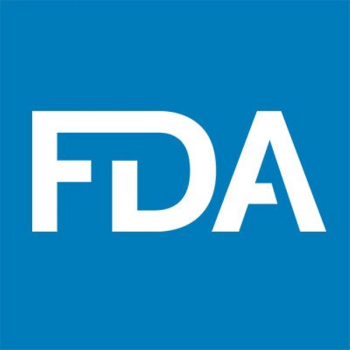
How Health Execs Can Expand Access to Oncologists
A study from Doximity has shocking statistics about oncologist shortages in the U.S. Here’s how you should react.
The five-year relative survival rate for women with stage 0 or stage 1 breast cancer is nearly 100%,
It’s when breast cancer spreads to other parts of the body that it can be more difficult to treat–and, thus, the five-year survival rate plummets to about 22%.
That’s why its important for patients to have access to oncologists. The 2018 National Oncologists Workforce Study from
- The top three metropolitan areas likely to experience oncologist shortages in the coming years are Miami; Virginia Beach, Virginia; and Tampa, Florida.
- In half the metropolitan areas studied, more than 20% of practicing oncologists are aged 65 years and older, which means they’re likely to retire in the relative short term.
- The three metropolitan areas with the highest percentage of oncologists aged 65 years and older include Miami-Fort Lauderdale-West Palm Beach, Florida; Los Angeles-Long Beach-Anaheim, California; and Detroit-Warren-Dearborn, Michigan.
Managed Healthcare Executive (MHE) interviewed Christopher Whaley, PhD, lead author of the study and adjunct assistant professor at the University of California, Berkeley School of Public Health, and Peter Alperin, MD, vice president and general manager of connectivity solutions at Doximity, for insight on how healthcare executives should react to this study.
The study draws on CMS data, board certification data, and self-reported data on more than 20,000 full-time, board-certified oncology practitioners. The age-adjusted breast cancer incidence data comes from
Related article:
MHE: What’s the impact of the oncologist shortage on patient care?
Alperin: Whenever there’s a shortage of a particular specialty in a given geographic area, it can be more difficult for patients to get an appointment.
In the long term, if inability to access care continues and people get frustrated with the inability to make an appointment, it could lead to people not seeing a doctor. And time is important, particularly in oncology. You want to get that opinion in a timely manner so that you don’t delay care, which could have adverse healthcare consequences.
MHE: Why did Doximity publish the study?
Alperin: With an online community of medical professionals, Doximity is in a unique position to comment on this conversation. We have data on where people work, where they trained, and how they move around the country. We feel an obligation as a business to help healthcare executives make better workforce decisions.
MHE: These are alarming numbers. What can healthcare executives do?
Alperin: If I’m a healthcare executive, I’m thinking about the health of my overall network-and that’s clinicians. I want to know how I’m going to replace the existing clinicians that I have to treat patients with this disease. But I also want to make sure that I can grow my network, as I think about overall population growth or moving into a new region.
Having workforce numbers can help healthcare executives do better planning. Oncology is obviously a critical disease area that requires the growth of the healthcare workforce.
Whaley: There are pretty sizeable differences in terms of the supply of oncologists across cities. We wanted to point out that in the cities where we’re seeing fewer oncologists or a large share of oncologists that are close to retirement, the delivery and training systems in those markets may want to respond by either attracting new oncologists or working to train and retrain more oncologists.
MHE: What are some practical actions that healthcare executives can take to attract oncologists?
Alperin: Salary is just one reason that a physician moves to a different geographic area. What can help is providing loan forgiveness and addressing lifestyle concerns such as on-call obligations.
Aine Cryts is a writer based in Boston.
Newsletter
Get the latest industry news, event updates, and more from Managed healthcare Executive.




